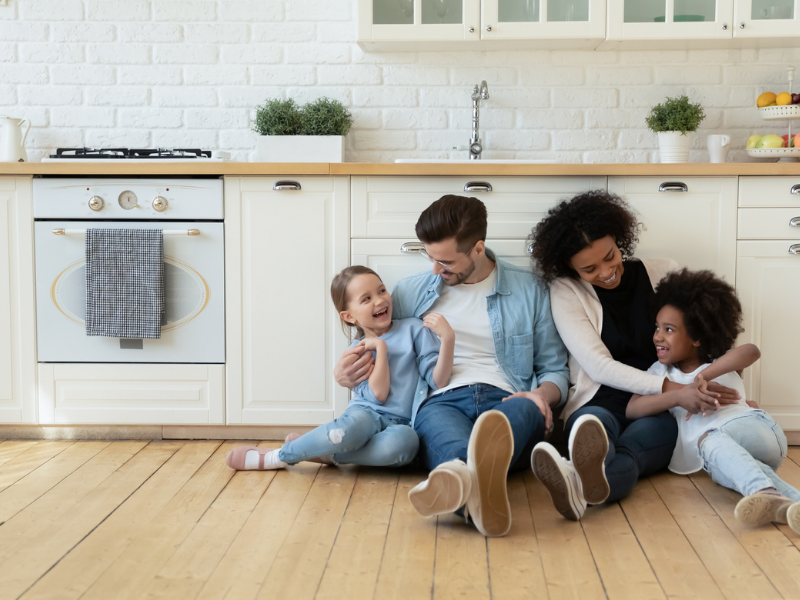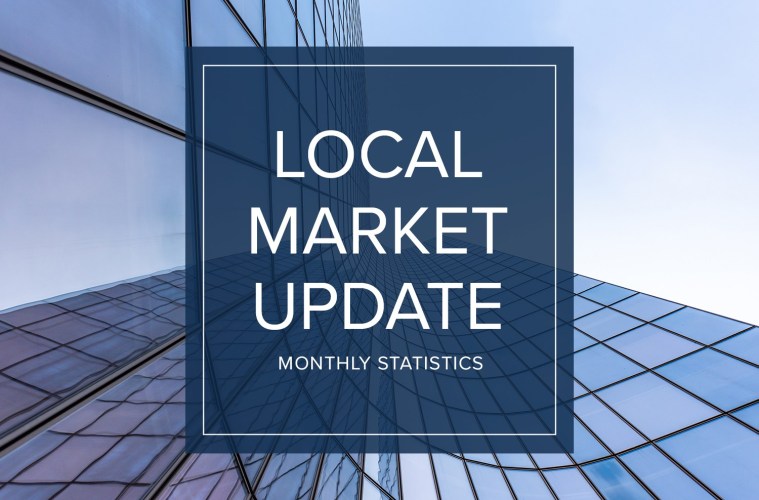Throughout 2020, mortgage rates hit historic lows, largely due to the impact COVID-19 had on the housing market. These low rates drove already high demand for housing even higher, and Gardner does not predict mortgage rates will rise significantly in 2021.
His current forecast sees mortgage rates dropping to their lowest rate in the current quarter at 2.83%, and rising to about 3.08% by the fourth quarter of 2021.
As far as home sales for 2021, Gardner is predicting a large increase in home sales (he covers new construction separately). His forecast puts home sales up by 6.9%, a level that hasn’t been seen since 2006.
In conjunction with this, Gardner predicts a rise in housing inventory, as people who can work remotely move farther away from their offices, or those whose homes aren’t conducive to remote work seek out a better living arrangement.
But Gardner also pragmatically points out that a “mass exodus” completely away from urban centers is unlikely, as many workers may find themselves with a flexible blended arrangement of remote work and a few days in the office per week.
In terms of home prices, Gardner predicts they will continue to rise, but slowly. His 2021 prediction caps out at a 4.1% increase, partially because prices have already risen so dramatically this year that it may become an issue of affordability.
With the rising demand for housing inventory, Gardner predicts that new construction starts for single-family homes will rise by a sizeable 16.4%. This is great news for builders, and also for buyers, as increased inventory may help to alleviate the incredible demand the market has been experiencing.
Along with increased starts, Gardner is anticipating an increase of 18.7% in new home sales for 2021—again reaching a level the market hasn’t seen since 2006.
Finally, Gardner touched on the number of homes in forbearance. As of the end of November 2020, 2.76 million homeowners are in forbearance—but that number is down almost 2 million since May 2020, a drop of 42%.
Gardner does predict that foreclosures will rise in 2021, but he cautions that brokers shouldn’t panic. Though there is temptation to compare this situation with the housing bubble collapse of 2008, Gardner predicts that the actual number of foreclosures will be very mild in comparison.
When the pandemic began in March, the housing market overall was in a much healthier place than it was prior to 2008. Additionally, lenders now are more likely to cooperate with homeowners to help them stay in their homes, and homeowners also have the option to sell and get the equity out of their homes if necessary.
While no one can predict the future with complete accuracy, Gardner’s predictions give us a road map to work from as we approach the new year.
Read the full article on Windermere.com.
 Facebook
Facebook
 X
X
 Pinterest
Pinterest
 Copy Link
Copy Link
















 As Chief Economist for Windermere Real Estate, Matthew Gardner is responsible for analyzing and interpreting economic data and its impact on the real estate market on both a local and national level. Matthew has over 30 years of professional experience both in the U.S. and U.K.
As Chief Economist for Windermere Real Estate, Matthew Gardner is responsible for analyzing and interpreting economic data and its impact on the real estate market on both a local and national level. Matthew has over 30 years of professional experience both in the U.S. and U.K.





